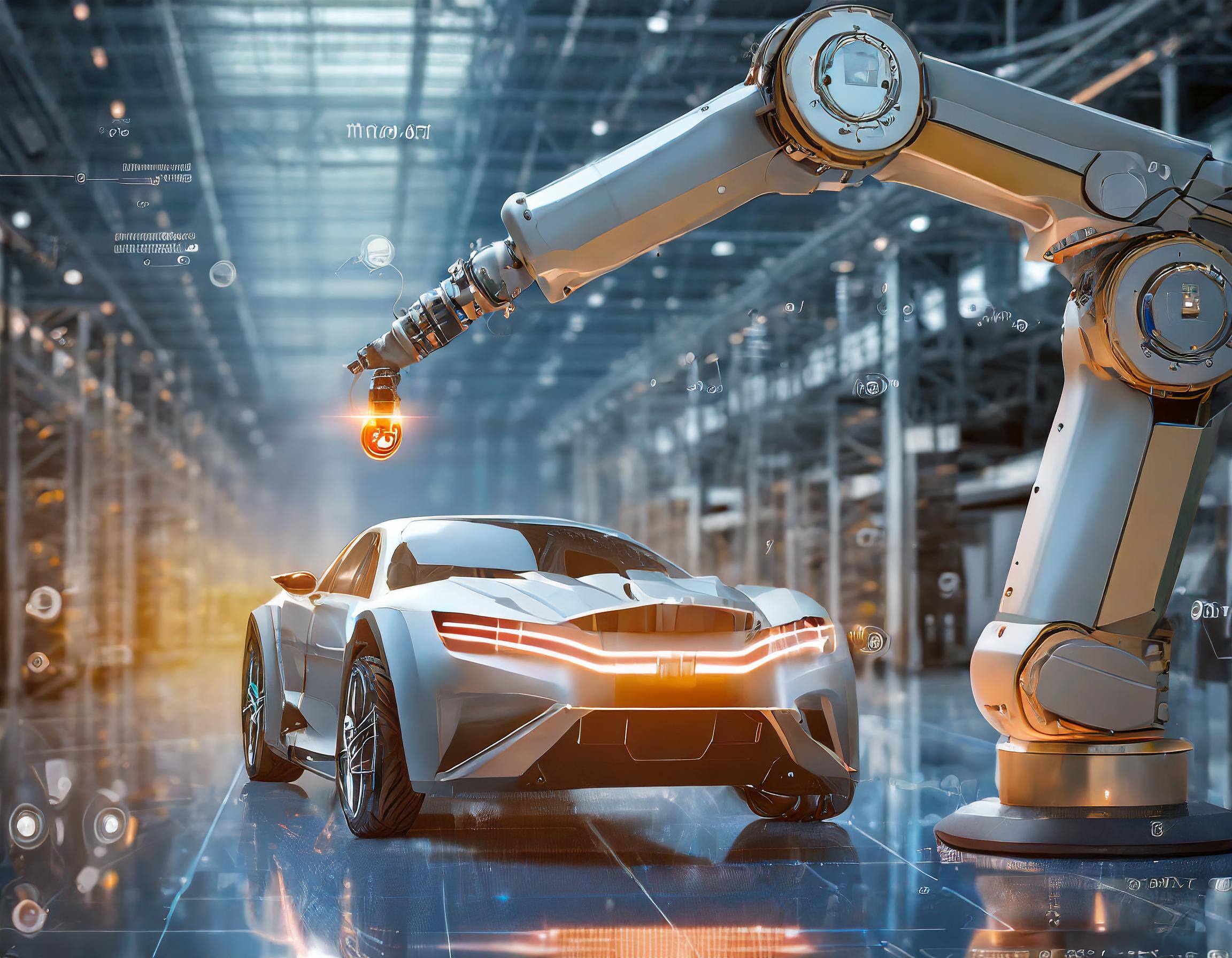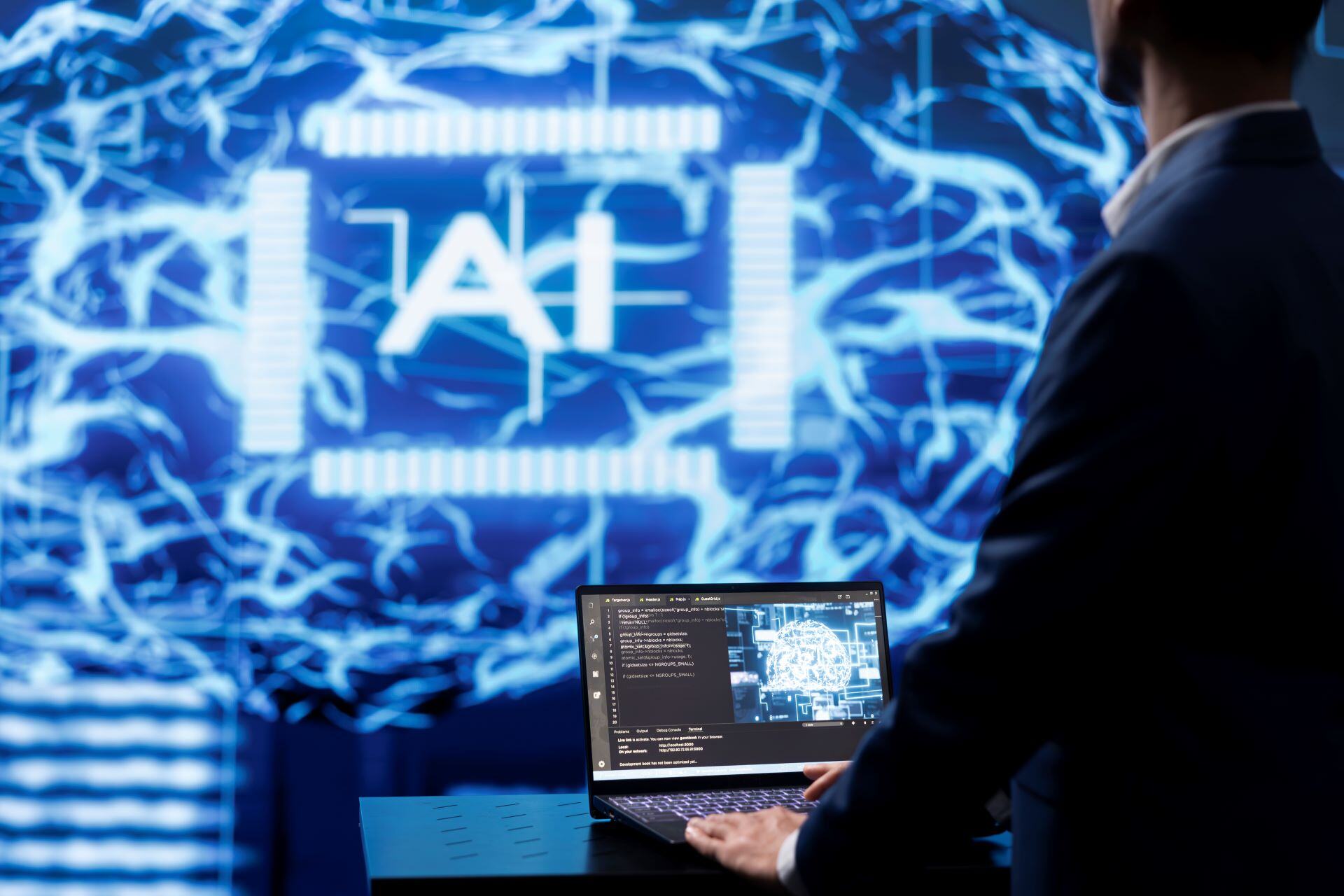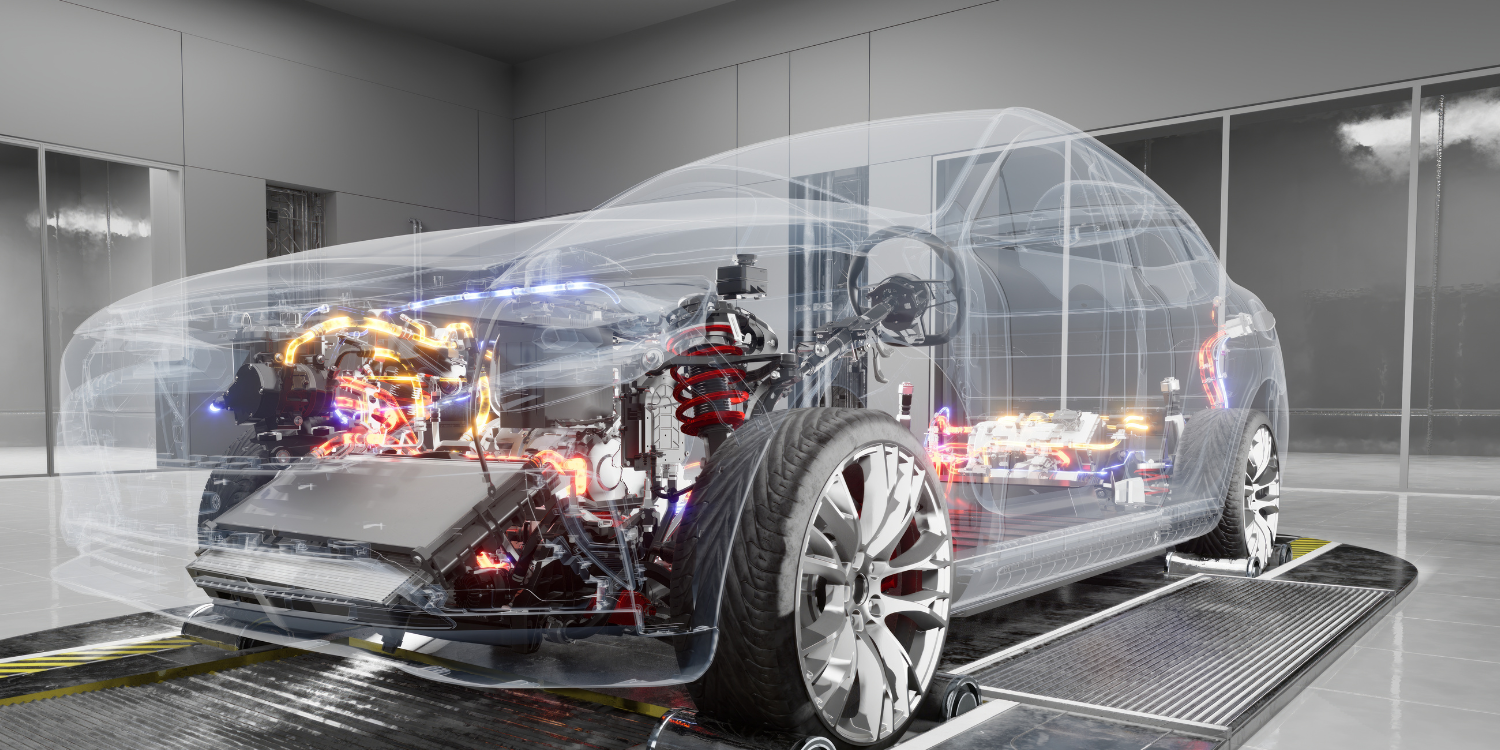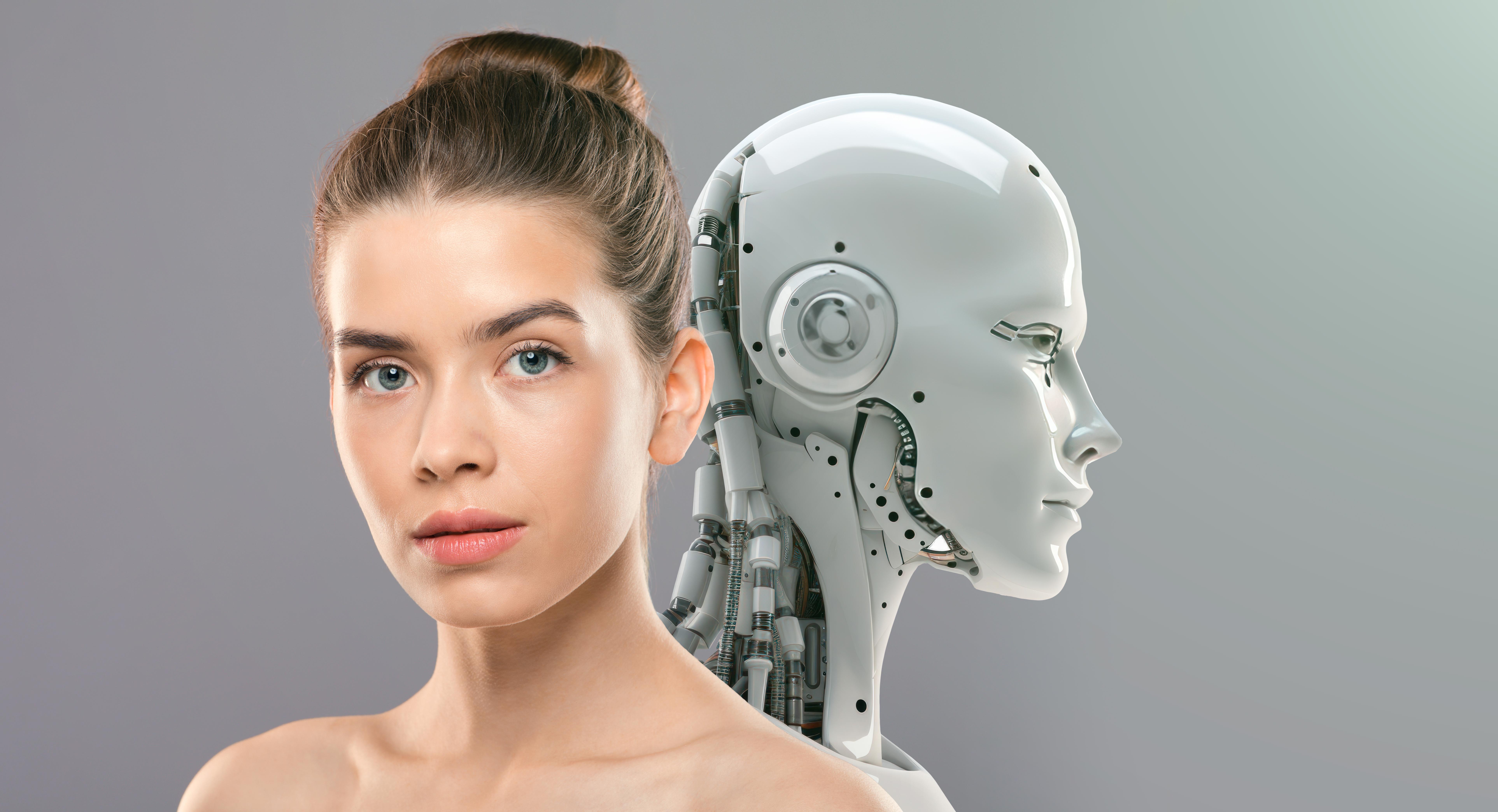How Automation is Driving the Future of Automotive

Post Categories
Robert Espinoza
The automotive industry is no stranger to technological innovation. In its relentless pursuit of efficiency, precision, and cost reduction, the industry has consistently embraced automation. From the early days of simple machines performing repetitive tasks to today's sophisticated AI-powered robots, automation has played a pivotal role in shaping the automotive landscape.
The evolution of automation in the automotive industry can be categorized into distinct stages
Fixed Automation: The earliest forms of automation involved specialized machinery designed for specific tasks. Robotic arms for welding, painting, and basic assembly line operations are prime examples. These systems improved consistency and speed but lacked adaptability.
Programmable Automation: The introduction of programmable logic controllers (PLCs) brought a new level of flexibility to automation. PLCs allowed machines to be reprogrammed for different tasks, adapting to changes in production requirements. This adaptability reduced downtime and increased overall efficiency.
Flexible Automation: This stage saw the emergence of more versatile robots and advanced technologies capable of performing a wider range of tasks. This type of automation involves using robots and other advanced technologies to perform a wider range of tasks, allowing for greater adaptability and customization in the manufacturing process.
Integrated Automation is and will drive the future of automotive. This is the most advanced form of automation, where multiple systems and technologies are integrated to create a fully automated production line. This involves using sensors, robotics, AI, and data analytics to optimize the entire manufacturing process.
Integrated Automation is driving the future of automotive
This is the most advanced form, where multiple systems and technologies are seamlessly connected and orchestrated to create a fully automated production line.
Sensors: Gather real-time data on various aspects of the manufacturing process, such as temperature, pressure, and machine performance.
Robotics: Perform a wide range of tasks, from precise assembly and welding to material handling and quality inspection.
Artificial Intelligence (AI): Analyzes data from sensors and robots, identifies patterns, makes decisions, and optimizes the entire production process.
Data Analytics: Provides insights into production performance, identifies bottlenecks, and helps make data-driven decisions to improve efficiency and quality. Look for jobs in EV.
Example - Collaborative Robots (Cobots)
Cobots are designed to work alongside human workers, enhancing productivity and safety. Unlike traditional industrial robots, cobots are equipped with advanced sensors and AI to collaborate with humans, performing tasks that require precision and adaptability. This human-robot collaboration is redefining manufacturing processes and workforce dynamics.
Benefits of Integrated Automation
- Increased Productivity and Efficiency: Integrated automation enables seamless coordination between different parts of the production process, minimizing downtime and maximizing throughput.
- Enhanced Quality Control: AI-powered systems can detect defects early in the process, preventing faulty products from reaching the end of the line. This leads to higher quality and lower rework costs.
- Improved Safety: Robots can handle hazardous tasks, reducing the risk of workplace accidents and injuries.
- Cost Reduction: While initial investment in integrated automation can be significant, the long-term benefits of increased productivity, reduced labor costs, and lower defect rates can outweigh the initial expense.
- Greater Flexibility: Integrated automation allows manufacturers to quickly adapt to changing market demands and produce a wider variety of vehicles on the same production line.
- Data-Driven Insights: The vast amounts of data generated by automated systems provide valuable insights into production performance, enabling continuous improvement and optimization.
The Road Ahead
Integrated automation is the present and future of automotive manufacturing. As technology continues to advance, we can anticipate even more sophisticated and intelligent automation systems emerging. These systems, powered by AI and machine learning, will learn and adapt to changing conditions, revolutionizing the way cars are designed, manufactured, and serviced. This evolution promises to further enhance efficiency, elevate quality standards, and increase the flexibility of automotive production, ushering in a new era of innovation and growth within the industry. It's also important to understand the importance of temporary staffing agencies in this market.


